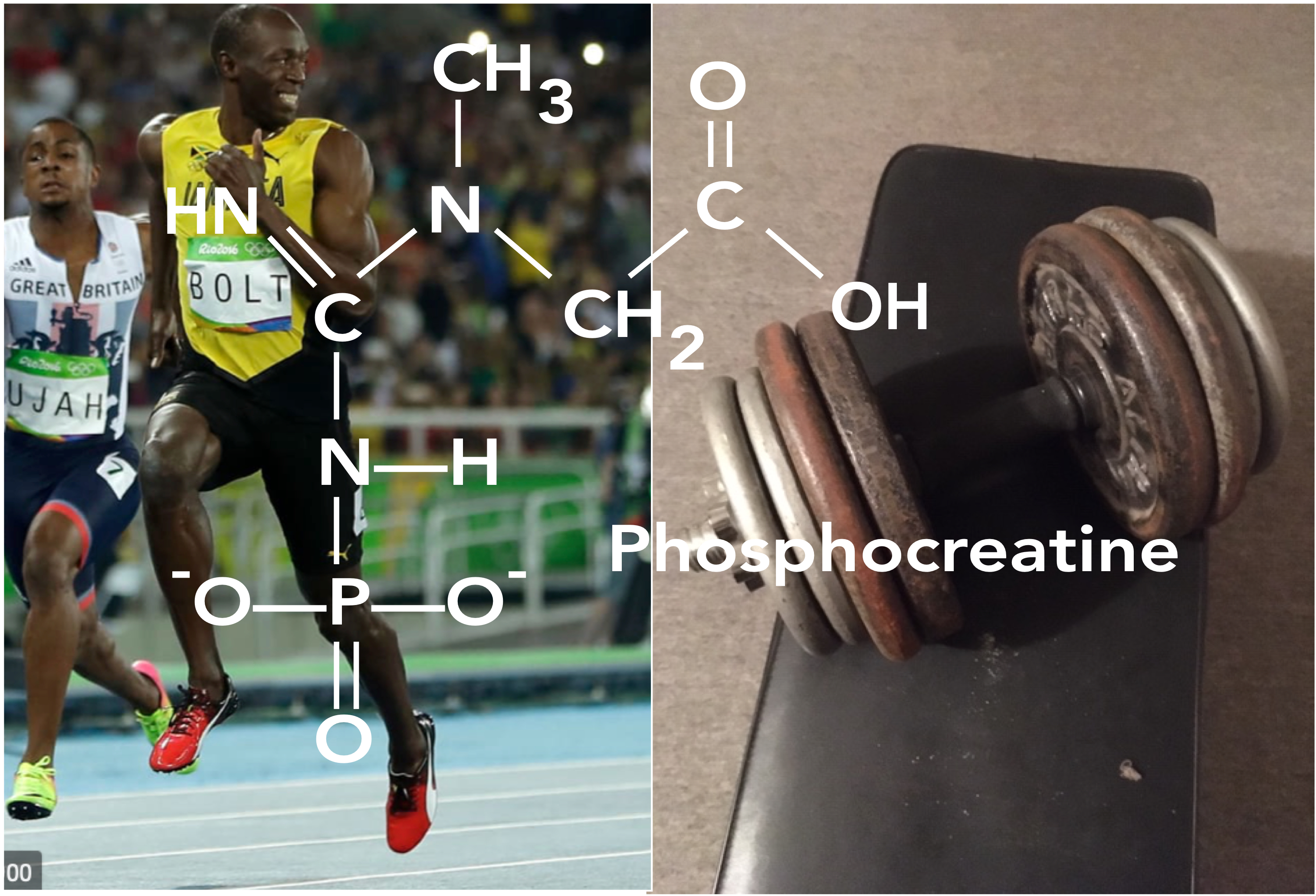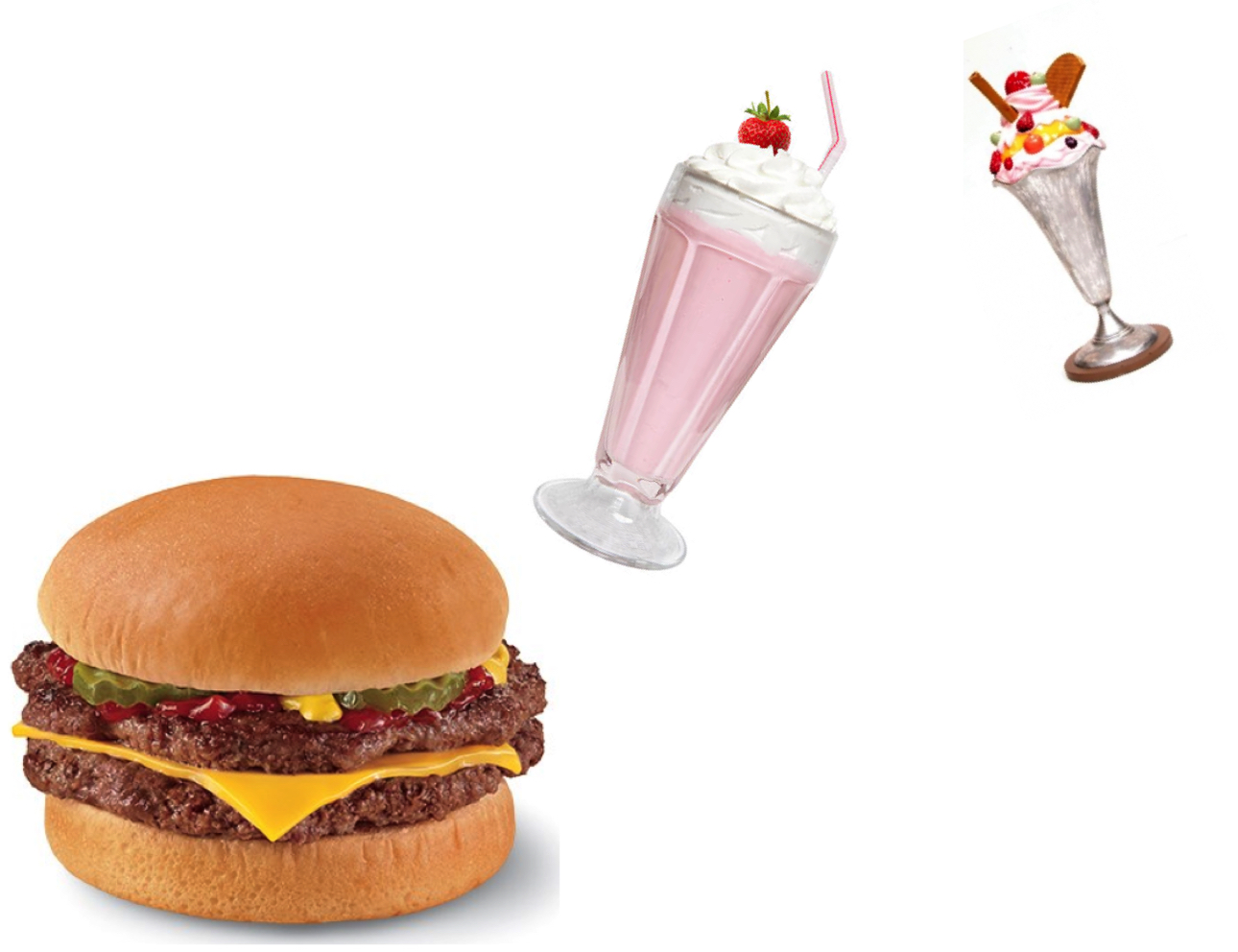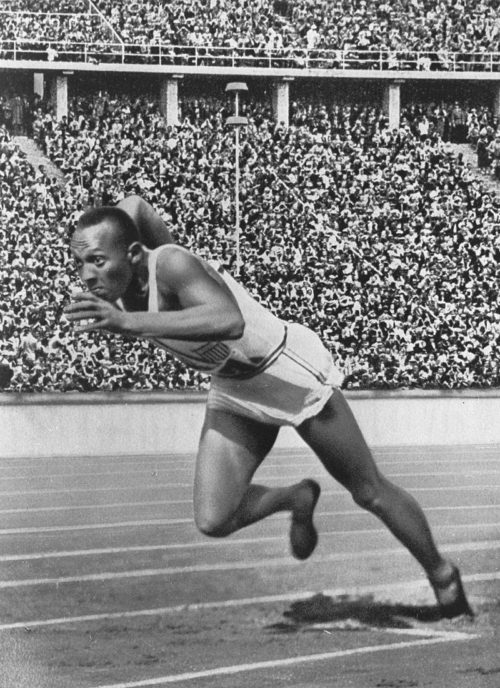Many talented sprinters run like gazelles, their feet barely kissing the track as they glide along. But not all great runners move like this. One of the most successful athletes of all time was a muscular runner named Emil Zatopek, nicknamed ‘The Czech Locomotive’ for his powerful, but not particularly graceful, running. Zatopek won five Olympic medals, four of them gold, and in 1952 he became the first, and so far only, runner to win the 5,000- and 10,000-meter races, and the marathon, at one Olympic Games (it was his first competitive marathon at that).… Read the rest “HIIT, the fitness hack”
metabolism
Why Junk Food makes us fat
It was the Spring of 1994, and the National Hockey League playoffs were heading for a dramatic finish. The Eastern Conference semi-final featured the New York Rangers and the New Jersey Devils. The Devils were ahead three games to two in the seven-game series, and appeared to be destined for victory. The next game was in the Devils’ home arena, in front of a sold-out crowd of their rabid supporters.
The captain of the Rangers was the power forward Mark Messier, a threat to score or level an opponent whenever he was on the ice.… Read the rest “Why Junk Food makes us fat”
You Need Creatine
You need creatine. For every move you make. But that doesn’t necessarily mean that you need to take creatine supplements. The questions that arise include: does creatine supplementation improve athletic performance? is it safe? how does it work? The answers are, respectively, sometimes, but it depends; probably yes; and, it’s complicated. This post looks at some of the nuances.
Supplements are big business
Supplements are a huge industry; the market in the USA alone is estimated to be over 30 billion dollars a year.… Read the rest “You Need Creatine”
Running out of sugar and hitting the wall
On October 11, 2019, the Kenyan Eliud Kipchoge ran the first sub-two hour marathon. The marathon requires long-term, extreme, energy expenditure. To meet that demand, Kipchoge had some unusual help: precisely calibrated support by a crew of pacers, a bicycle team supplying water and nutrition, and a pair of controversial running shoes that are said to shave a minute off the marathon time. Still, his outstanding run ranks with Usain Bolt’s record 9.58 second 100-meter race, still unbettered after 12 years, and the first 4-minute mile by Roger Bannister in 1954.… Read the rest “Running out of sugar and hitting the wall”
Human Energy: The Body at Rest
Three years ago I posted an article called “The Efficiency of the Human Body”, and it has proven to be popular. Then I posted an update last November. I’ve now learned more about the subject, and thought about it, and it’s time for another upgrade. Naturally, upgrades almost always involve an expansion, so there are two pieces now: This one, which explores the distribution of energy use in the resting body (our resting metabolic rate) and the next, which includes the material in the original post by describing energy distribution in the body in motion.… Read the rest “Human Energy: The Body at Rest”
Human Energy: The Body in motion
Nutritional scientists break down energy consumption into three components. The largest is Resting Energy Expenditure (REE), which I’ve examined in detail in the previous post. It accounts for 60-80% of our daily energy consumption. REE is the energy consumed at rest, when there’s no physical activity going on. Another 5-10% is used for digestion. The rest of our energy consumption is due to physical activity. These proportions can vary: if you’re a rider in the Tour de France, your daily physical activity will probably exceed your REE several times over.… Read the rest “Human Energy: The Body in motion”
The Inefficiency of Humans
The material in this post has been upgraded and expanded in two posts, which describe human energy efficiency at rest and during vigorous exercise.
I first posted “The Inefficiency of Humans” in January 2017. It’s about the reasons that our energy metabolism provides only about 20-25% of the energy we consume as food for muscular work. I referred to this as our “inefficiency”, although it isn’t really that. The explanation and conclusions remain largely unchanged, but since then I’ve learned more about how energy metabolism is measured, so I’ve rewritten the post as this 2.0 version.… Read the rest “The Inefficiency of Humans”
How DNP (dinitrophenol) kills you
A death in Minnesota
The young man arrived in the emergency room in Minneapolis, Minnesota in acute distress, with a fever, rapid deep breathing, and a racing heart. As reported in 2018, doctors couldn’t initially identify the cause of his problem (1). His breath had twice the normal level of carbon dioxide, and that level kept going up. His fever also kept increasing, despite the doctors’ frantic efforts to stabilize him. Forty-five minutes after admission the muscles in his body violently seized up, rigor mortis, but in a body not yet dead.… Read the rest “How DNP (dinitrophenol) kills you”
Calories in equals calories out?
“I think the notion of ‘calories in vs. calories out’ is ridiculous.” So begins a recent online article about diet. Typically, it cites no external sources of information for this opinion. Actually, the calories in – calories out equation is a truism; thermodynamics doesn’t make exceptions, and one way or another, those input calories have to go somewhere. But the thought underlying the denial of equivalence is usually something different, such as, why does my friend eat anything she likes and stay slim, when I can’t?… Read the rest “Calories in equals calories out?”
Speed Limits
Jesse Owens starting the 200 meter race at the 1936 Olympics. Reproduction of photograph in “Die Olympischen Spiele, 1936” p.27, 1936.
Coverage of the recent victory of the New Zealand team in the America’s Cup yacht race featured sailboats flying along on their underwater foils at ridiculous speed, speeds reaching more than 50 miles (80 km) per hour. Whether it’s running, or driving a car, or sailing these mutant boats, speed is exciting.… Read the rest “Speed Limits”










